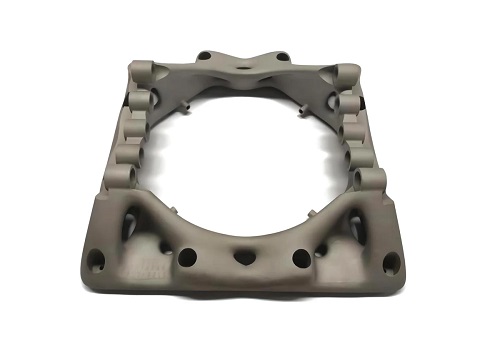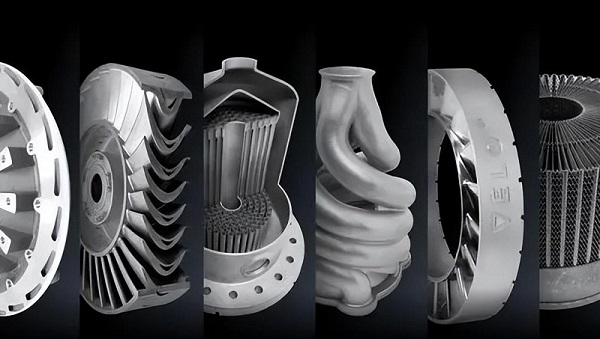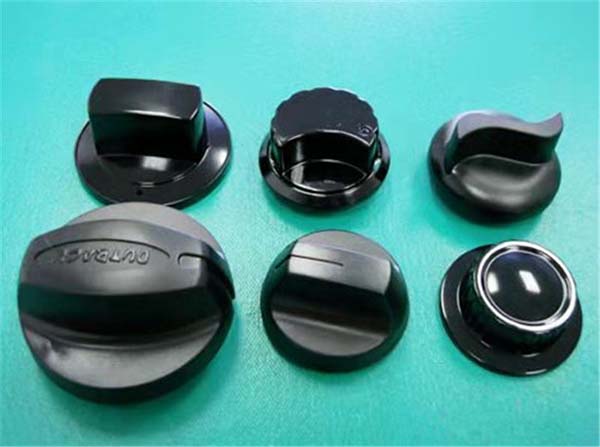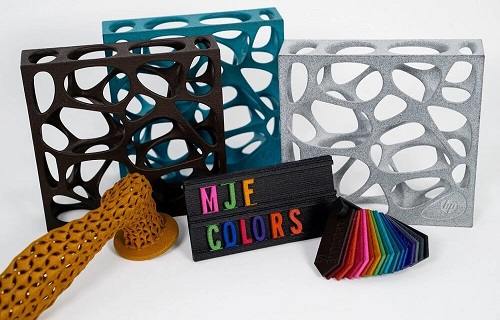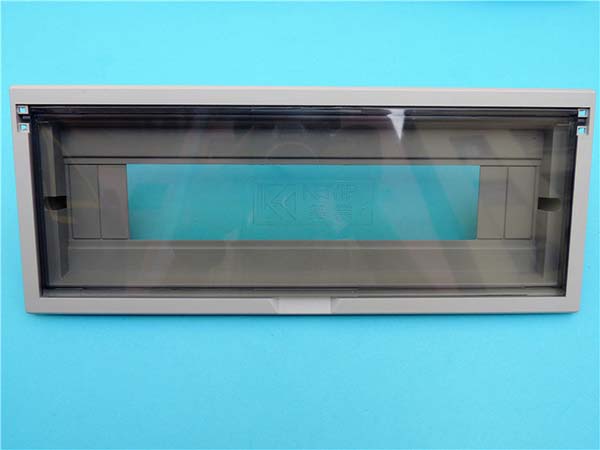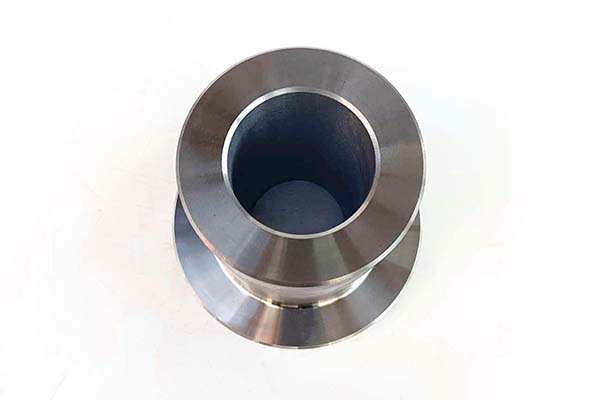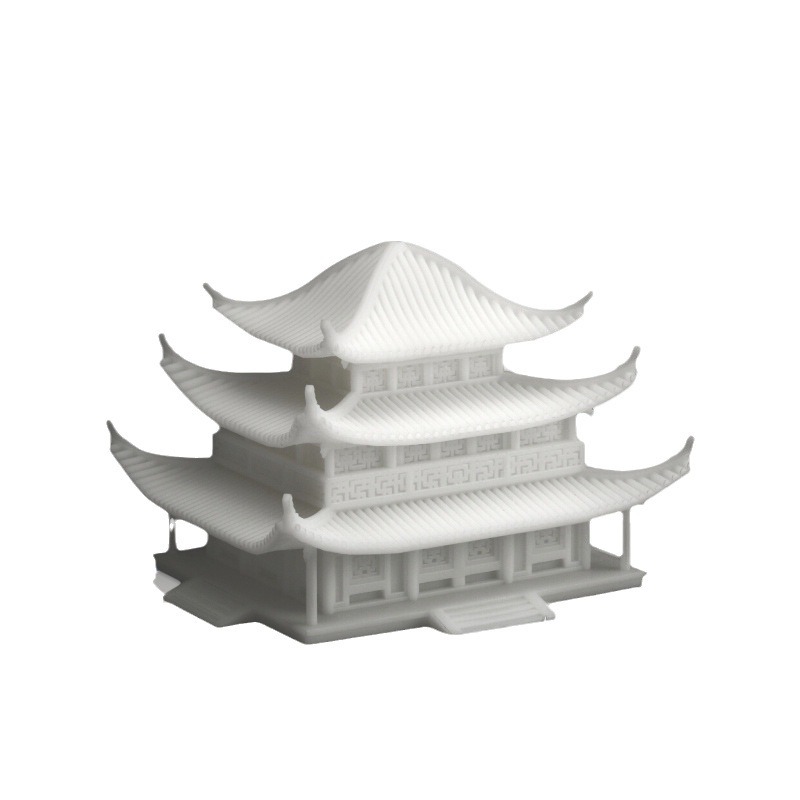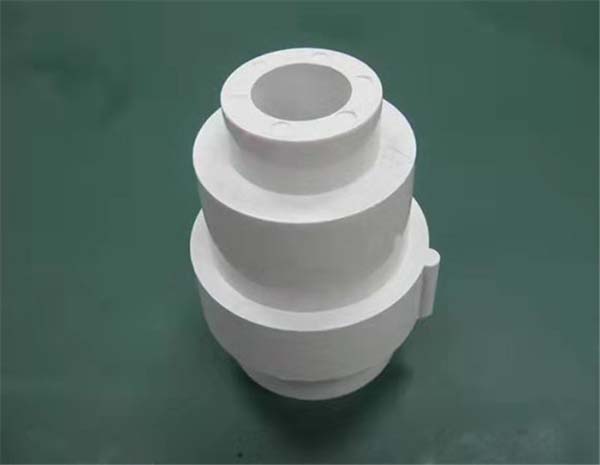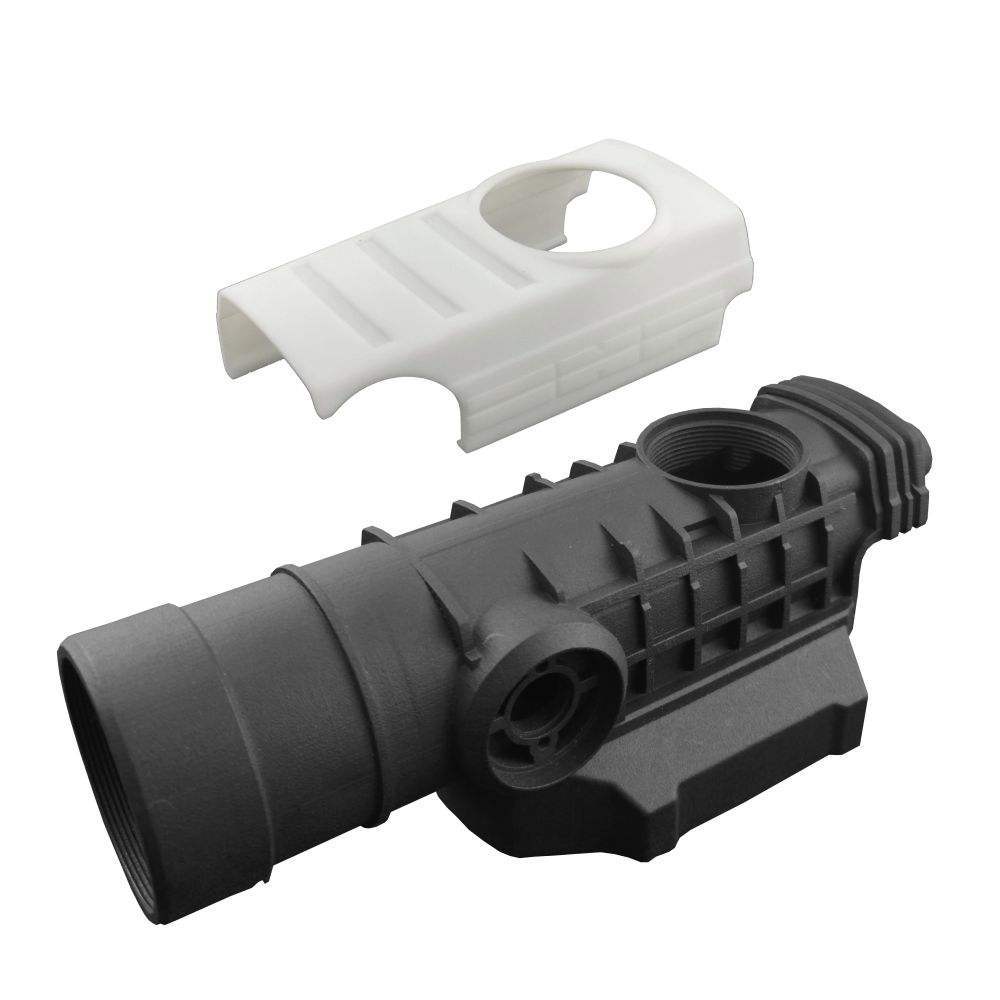1. Introduction
In recent years, 3D printing technology has emerged as a revolutionary force across various industries, from healthcare to aerospace, from automotive to consumer goods. What was once a niche technology confined to prototyping in a few specialized labs has now become a mainstream manufacturing method with far - reaching implications.
The development of 3D printing has been nothing short of remarkable. The earliest forms of 3D printing, which date back to the 1980s, were relatively primitive, with slow printing speeds and limited material options. However, continuous innovation has led to significant advancements. Today, high - quality 3D printers can produce objects with incredible precision, down to the micrometer level in some cases, and can work with a vast array of materials, including metals, plastics, ceramics, and even biological materials.
This article delves deep into how high - quality 3D printing is revolutionizing the future of manufacturing. Yigu Technology will explore the underlying technologies, the materials being used, the applications across different manufacturing sectors, the economic implications, and the challenges and opportunities that lie ahead. By understanding these aspects, manufacturers can better position themselves to take advantage of this transformative technology and stay competitive in an increasingly global and innovative market.
4. High - Quality 3D Printing in Manufacturing
4.1 Applications in Different Manufacturing Sectors
In the automotive industry, high - quality 3D printing is being increasingly utilized. For Yigu Technology example, some car manufacturers are using 3D printing to produce custom - designed parts such as interior components like dashboard trims and custom - shaped air vents. These parts can be tailored to specific vehicle models or even to the individual preferences of customers. In a case study by a leading automotive company, 3D - printed parts for limited - edition car models reduced the production time by 30% compared to traditional manufacturing methods. Additionally, 3D printing allows for the creation of complex, lightweight structures that can improve fuel efficiency. For instance, lattice - structured engine brackets can be 3D - printed, which are not only lighter but also stronger than their conventionally - manufactured counterparts.
The aerospace sector has been an early adopter of 3D printing technology due to its high - value and precision - demanding nature. NASA has been actively using 3D printing to manufacture rocket engine components. A 3D - printed injector for a rocket engine can reduce the number of parts from hundreds in a traditionally - made injector to just one or a few, simplifying the assembly process and reducing the risk of component failure. This also leads to significant weight savings, which is crucial for space missions as every kilogram saved can reduce fuel consumption and increase the payload capacity. In the production of aircraft, 3D - printed parts are used for both interior and exterior components. Airbus has incorporated 3D - printed brackets and ducting components in its aircraft, which has led to cost savings and improved performance.
In the medical field, 3D printing is revolutionizing patient care. Custom - made prosthetics are now being 3D - printed to fit the exact needs of patients. For example, a patient with an amputated limb can receive a 3D - printed prosthetic that is custom - designed based on a 3D scan of their residual limb, providing a more comfortable and functional fit. 3D printing is also used in the creation of surgical models. Surgeons can use 3D - printed models of a patient's organs to plan complex surgeries in advance, reducing the risk of errors during the actual operation. In the area of tissue engineering, researchers are exploring the use of 3D printing to create artificial organs. Although still in the experimental stage, this has the potential to solve the shortage of organ donors in the future.
4.2 Advantages of High - Quality 3D Printing in Manufacturing
4.2.1 Cost - effectiveness
When it comes to small - batch production, 3D printing offers significant cost advantages. For Yigu Technology example, a small - scale electronics manufacturer that needed to produce 500 units of a specialized casing for a new product found that traditional injection molding would require a large upfront investment in tooling, estimated at around \(50,000. In contrast, 3D printing the casings cost only \)10,000, including material and printing costs. This is because 3D printing eliminates the need for expensive molds and tooling, which are major cost factors in traditional manufacturing for small - volume production.
In custom - production scenarios, the cost - effectiveness of 3D printing becomes even more evident. A jewelry company that offers personalized engagement rings can use 3D printing to create unique ring designs for each customer. Without 3D printing, creating custom molds for each design would be prohibitively expensive. With 3D printing, the company can simply design the ring in a CAD software and print it directly, reducing the cost of customization significantly.
4.2.2 Design Freedom
Traditional manufacturing methods such as injection molding, forging, and machining have limitations in the complexity of designs they can produce. For example, in injection molding, parts need to have draft angles to allow for the removal of the part from the mold, which restricts the design possibilities. In contrast, 3D printing can create parts with complex internal geometries, such as lattice structures, without any additional tooling. A company that designs heat sinks for electronic devices used 3D printing to create a heat sink with an intricate internal channel design. This design, which would have been impossible to manufacture using traditional methods, improved the heat dissipation efficiency of the heat sink by 40% compared to conventionally - made heat sinks.
Another example is in the design of architectural models. Architects can now use 3D printing to create highly detailed and complex models that accurately represent their design concepts. These models can have curved surfaces, overhangs, and internal voids that would be extremely difficult to achieve with traditional model - making techniques.
4.2.3 Rapid Prototyping
The speed of 3D printing in creating prototypes is a major advantage. In traditional prototyping, a series of steps are involved. For Yigu Technology example, in creating a prototype of a new smartphone case, a mold needs to be designed and fabricated, which can take weeks. Then, the prototype needs to be produced using the mold, and any design changes require modifying the mold, which is time - consuming and costly. With 3D printing, a design can be uploaded to a 3D printer, and a prototype can be ready within a few hours. A startup developing a new fitness tracker was able to iterate through 10 different prototype designs in just two weeks using 3D printing. This allowed them to quickly identify the best design in terms of functionality, ergonomics, and aesthetics, accelerating their product development cycle. In contrast, using traditional prototyping methods, the same process would have taken at least two months.
4.2.4 Material Efficiency
Traditional manufacturing often involves subtractive processes such as machining, where excess material is removed from a larger block to create the desired shape. This results in a significant amount of material waste. For example, in the production of a metal part through machining, up to 80% of the original material can be wasted. In 3D printing, an additive manufacturing process, material is only added where it is needed, layer by layer. A study in the aerospace industry found that 3D - printed titanium components had a material utilization rate of over 90%, compared to less than 20% for traditionally - machined titanium components. This not only reduces the cost of materials but also has environmental benefits by minimizing waste and the energy required to mine and process raw materials.
4.3 Comparison with Traditional Manufacturing
| Comparison Aspect | 3D Printing | Traditional Manufacturing |
| Cost (Small - Batch) | Low upfront cost, cost per unit relatively stable; no need for expensive tooling. For 100 - unit production of a plastic part, 3D printing might cost $2000 in total (including materials and machine time). | High upfront cost for tooling (e.g., \(15000 for a plastic injection mold). Cost per unit decreases with larger volumes, but for small - batch production, cost per unit is high. For 100 - unit production of the same plastic part, traditional injection molding might cost \)25000 in total. |
| Cost (Large - Batch) | Cost per unit may be higher compared to traditional manufacturing due to slower production speed. | Cost per unit is low due to economies of scale. High - volume production can amortize the cost of tooling over many units. |
| Production Cycle | Short, especially for prototypes. A simple prototype can be printed within hours. | Long, especially for complex parts. For a complex metal part, it may take weeks to months considering mold making, production setup, etc. |
| Design Complexity | Can handle highly complex designs with internal structures, overhangs, and lattice patterns without additional tooling. | Limited in design complexity. Complex designs may require multiple manufacturing steps and special tooling, increasing cost and production time. |
| Material Utilization | High, typically above 90% in some cases as material is added only where needed. | Low, especially in subtractive processes. For example, in machining metal parts, up to 80% of the material can be wasted. |
| Customization | Easy and cost - effective. Each part can be customized without significant additional cost. | Difficult and costly. Customizing each part requires re - engineering and re - tooling, which is time - consuming and expensive. |
7. Conclusion
High - quality Yigu Technology 3D printing is undeniably revolutionizing the manufacturing industry. It has introduced a paradigm shift from traditional manufacturing methods, offering a plethora of benefits in terms of cost - effectiveness, design freedom, rapid prototyping, and material efficiency. Across various sectors such as automotive, aerospace, and medical, 3D printing has found its niche, enabling the production of complex, customized, and high - performance parts.
FAQs
1. What are the main advantages of 3D printing over traditional manufacturing?
3D printing offers advantages such as cost - effectiveness in small - batch production, design freedom to create complex geometries, rapid prototyping to speed up product development, and high material efficiency by minimizing waste.
2. What are the challenges of high - quality 3D printing?
The challenges include slow printing speeds, limited material options, high costs for some industrial - grade printers and materials, and issues related to standardization and quality control.
3. In which industries is 3D printing most commonly used?
3D printing is most commonly used in industries like automotive for custom - designed parts, aerospace for manufacturing lightweight and high - performance components, and medical for creating custom - made prosthetics and surgical models.
